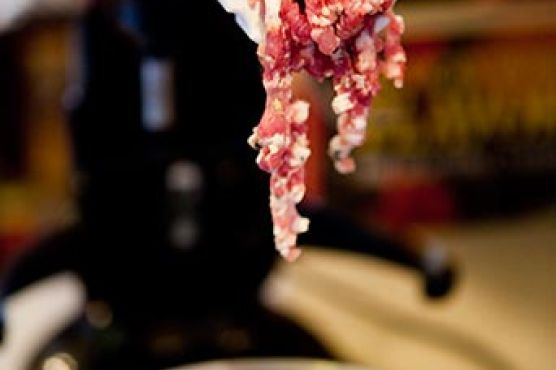Are you ready to elevate your culinary game and impress your family and friends with a homemade delicacy? Making your own sausage might sound intimidating, but it's an incredibly rewarding experience that can be mastered in just 45 minutes. Whether you're planning a delightful lunch or a heartwarming dinner, this gluten-free and dairy-free recipe promises not only to satisfy your taste buds but also to provide a healthier alternative to store-bought options.
Imagine the rich aroma of flavorful pork shoulder and savory spices filling your kitchen as you craft your very own sausages. This recipe is designed for all cooking enthusiasts, from beginners to seasoned chefs, and it serves five people—ideal for sharing at a gathering. Plus, with each serving boasting around 300 calories, you'll feel good about enjoying this delicious main course without the guilt!
The best part? You have the freedom to customize the flavors to your liking! With a unique blend of spices, fresh parsley, and a splash of sherry, these sausages are guaranteed to be a crowd-pleaser. Gather your ingredients, grab your meat grinder, and let’s embark on a culinary adventure that will leave every meal memorable. Who knew making homemade sausage could be such a fun and engaging process?
